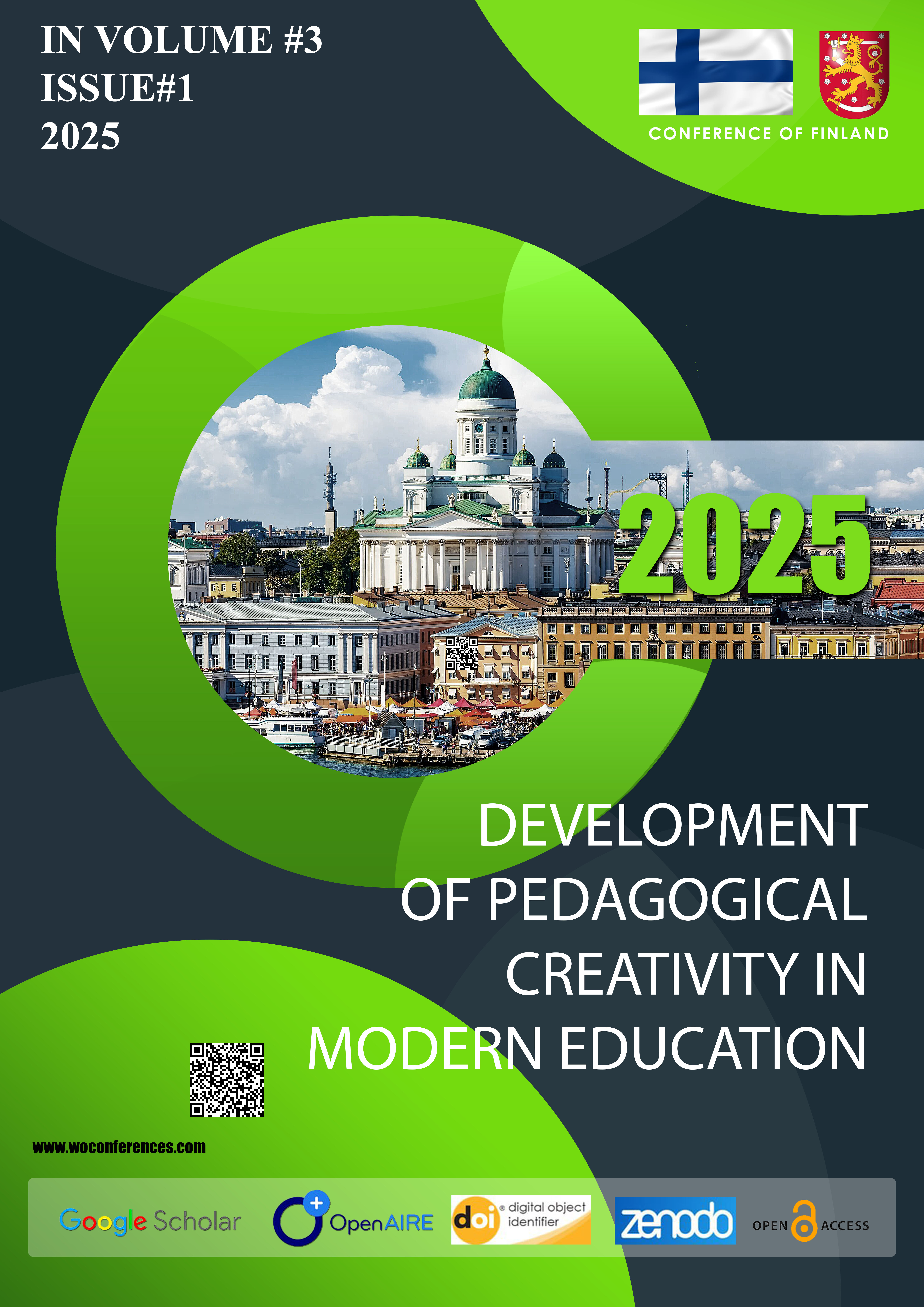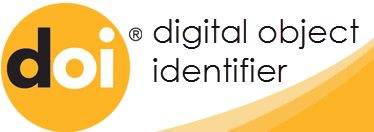GAMIFICATION IN LANGUAGE TEACHING: MOTIVATION AND ENGAGEMENT THROUGH PLAY
Abstract
Gamification is one of the strongest pedagogical approaches in language teaching, as in this method is applied game-like elements in order to create motivation, engagement, and active participation among learners. This article explores the integration of gamification into language teaching, focusing on its potential to address common challenges such as learner disengagement and lack of sustained motivation. By incorporating elements like points, badges, leaderboards, and interactive storytelling, gamified strategies create a dynamic learning environment that promotes both intrinsic and extrinsic motivation. Based on previous research and founded on established theoretical frameworks such as Self-Determination Theory and Flow Theory, the present research is carried out to determine how gamification increases cognitive engagement, language retention , and supports autonomous learning. Practical examples from Duolingo and Kahoot tools and other classroom-based applications, are discussed in order to highlight the versatility of gamification across different linguistic contexts. The findings suggest that gamification, if implemented thoughtfully, acts as a transformative strategy in language teaching and effectively combines play with pedagogy to support second language acquisition. Future directions should be towards further enriching the gamified language learning experience by integrating technologies.
References
1. Csikszentmihalyi, M. Flow: The Psychology of Optimal Experience. Harper & Row, 1990.
2. Deci, E., & Ryan, R. Intrinsic Motivation and Self-Determination in Human Behavior. Springer, 1985.
3. Deterding, S., Dixon, D., Khaled, R., & Nacke, L. From Game Design Elements to Gamefulness: Defining “Gamification”. Proceedings of the 15th International Academic MindTrek Conference, ACM, 2011, pp. 9-15.
4. Godwin-Jones, R. Emerging Technologies: Mobile Apps for Language Learning. Language Learning & Technology, 14(2), 2010, pp. 2-11.
5. Kapp, K. M. The Gamification of Learning and Instruction: Game-Based Methods and Strategies for Training and Education. Wiley, 2012.
6. Loewen, S., Isbell, D., & Spino, L. The Effectiveness of Duolingo for Language Learning: A Study of Adult Learners of Spanish. Foreign Language Annals, 52(2), 2019, pp. 295-322.
7. Munday, P. The Case for Using Duolingo as Part of the Language Classroom Experience. Research Journal of Language, 6(1), 2016, pp. 15-25.
8. Ryan, R., & Deci, E. Self-Determination Theory and the Facilitation of Intrinsic Motivation, Social Development, and Well-Being. American Psychologist, 55(1), 2000, pp. 68-78.
9. Wang, A. I. The Use of Kahoot in a Language Classroom: A Case Study. International Journal of Emerging Technologies in Learning, 10(1), 2015, pp. 30-34.









